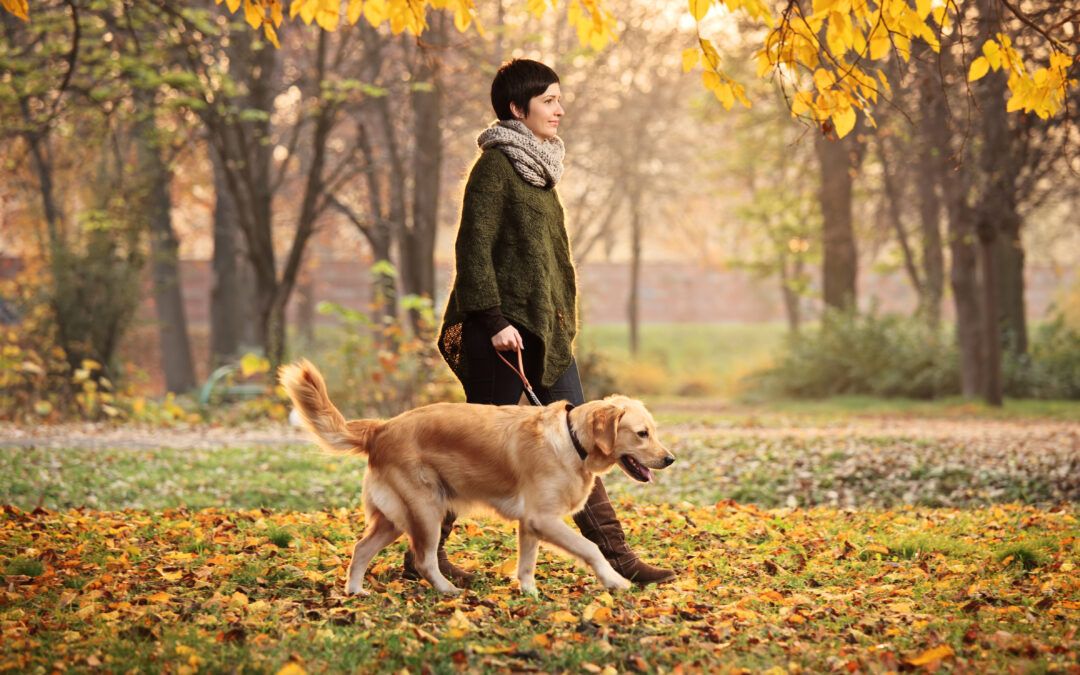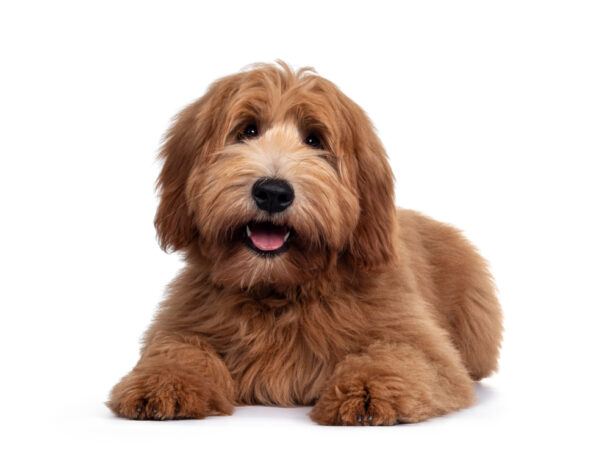LifeWithMyDogs is supported by our audience. When you purchase through one of our links, we may earn a small affiliate commission. As an Amazon Associate I earn from qualifying purchases. Your cost is not affected.
**********
There Is More To Dog Walking Than Being Active
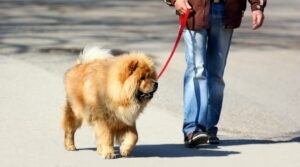
Get Set For It
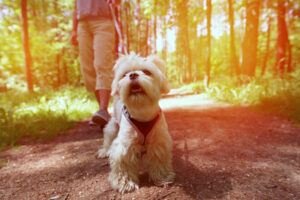
Dos and Don’ts For The Proper Way To Walk A Dog
Lead The Way

-
You have to use quality dog walker equipment for this. Getting a leash with a collar or harness should be enough. Make sure that you put on your canine a collar that fits well and won’t cause it to choke. Go for a leash that isn’t lengthy or about 3 to 6 feet long. This is to allow your dog to have quality time to explore.
-
Tell your pet to come to you when it wants to go for a walk. Have your equipment ready and wait for it to go near you. You can be friendly but assert your dominance to your canine friend.
-
Walk on the front or alongside your dog. Show that you are the leader by doing that and also urging your pet to follow you. Pull the leash if you have to. If your dog is uncooperative then stop for a while and command again. Give it treats when it cooperates.
-
Part of knowing how to properly walk a dog is directing your pet where to pee or poo. Train it to only stop and leave its mark in specific locations.
-
Never try to take your dog outdoors without a collar and leash on it. Your canine might not follow your orders and be hurt or lost because of it. It is even dangerous because your pet might end up biting someone or getting hit by a vehicle. There is also the chance that thieves could steal your buddy.
-
It may be tempting to spoil your dog but you should resist it. Do not come to it to put on its collar. It’s the same as you make your pet find the food you prepared for it rather than bringing some to it.
-
You may find yourself following your dog sometimes. Don’t make it a habit to go where your pet goes. Have control over which areas you go to and halt if it would tug on its leash hard. Avoid being lenient and permissive.
-
Do not panic and shout. Remain calm and collected while using your normal voice no matter what happens. If you don’t know how to properly walk a dog then it may lose its confidence in you. Steer clear of habits, behaviors, or reactions that could give your pet a bad impression of you.
What Type of Collar is Best?
The best type of collar is the one that fits your pet and makes your walk safe and enjoyable. Some people prefer a flat buckle collar. If your dog is not prone to slipping away, this might be a good choice. Note that dogs with a lot of loose skin and those with narrow heads might find a way to slip out of these collars. Even calm, well-mannered dogs might try if they are scared.
Another good choice is the martingale collar. I first tried these when showing in AKC but they are now quite popular with trainers, too. With the martingale, the dog is unlikely to slip out. And the collar is still quite comfortable for your pal.
Or, Is a Harness Better?
Trainers usually prefer a collar to a harness as it offers more control for most dogs. However, if your dog is small or has neck or trachea issues, a harness might be better. Some of these are even anti-pull harnesses that offer you more control than a standard harness.
Whichever you choose
It’s important that the collar or harness fit properly for your pet’s comfort and safety. Watch for an article soon on how to fit the collar and harness securely.
Keep Your Dog Comfortable
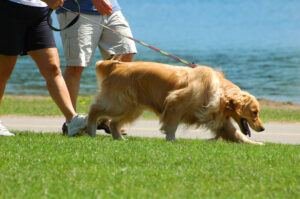
-
Talk to your dog as if you are talking to a friend. Assure it that everything is going to be fine. You can show your affection to it by stroking its body or giving it treats.
-
Try to communicate with other dog walkers and canines to show your pet that you are confident. It may also let you make your buddy feel that is should feel positive too.
-
Do not berate your dog in front of other people and its fellow canines. A pooch also knows feels embarrassed. They likewise get reclusive and hostile because of it.
-
Avoid increasing your pace or running when you feel alarmed. That is unless there is an actual danger to steer clear of. This is so you wouldn’t make your pet panic. A scared dog can end up getting away or going on defensive mode to protect its master.
Be Ready For Anything

-
Practice mindfulness or stay aware of your surroundings during the walks. A dog walker must be conscious of his or her surroundings. This is for the individual and his or her pet. Concentrating on the journey can make it enjoyable and safe.
-
Bring along treats and water to reward your pet and hydrate it. Having some pet food can let you nourish your buddy and reinforce good deeds. Carrying water for hydration is wise since dogs often get thirsty after strolling.
-
Study your dog’s body language. Observe the way other dogs and things interact with your pet too. This is so you could act fast to avoid problems with other dogs and people.
-
Do not feed your buddy with heavy snacks or full meals during your journeys. This is to avoid making it excrete waste at random places.
-
Avoid getting your dog too excited or aggressive about something. One that is too riled up could end up breaking free and causing damage.
-
Stop your dog from sniffing or eating things that could harm them. It is normal for canines to enjoy smells but keep an eye on them. Some things could end up poisoning a dog once ingested.
Plan Your Walk Sessions
-
Collar
-
Leash
-
Bags to dispose of waste
-
Pet food or treats
-
Water
-
Clothing (if appropriate)
-
Map or app for road navigation
-
Torch for lighting
-
An item for self-defense (stick or spray)
-
Quality shoes for walking or running
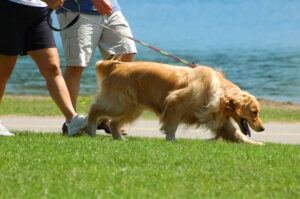
Things To Consider
-
Check the weather to see which places you can visit. Don’t travel to spots where surfaces are too hot or frigid. It’s only because your dog doesn’t wear shoes. Your buddy might feel restricted while wearing things that he or she isn’t cozy with. Bringing dog walker equipment may be enough already.
-
Be considerate and let a dog walk on surfaces where it could move with ease. Grassy areas are often great for walks but concrete with the right temperature is fine as well.
-
Some locations end up having heavy traffic at certain times so avoid these too. Skip places where it is too still and quiet too. Dogs also need to socialize. Barren spots may end up scaring them.
In Summary
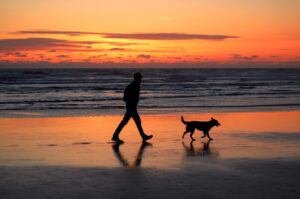
Read More:

